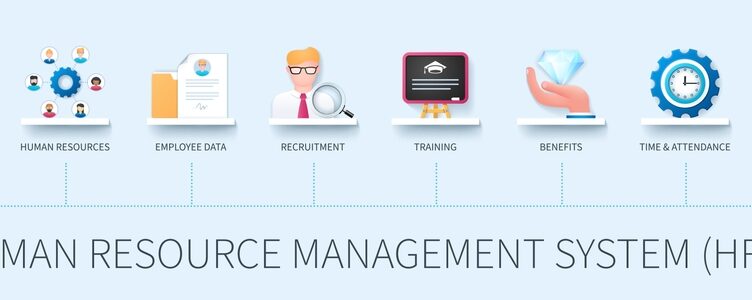In today’s digital age, the implementation of a Human Resource Information System (HRIS) has become crucial for organizations aiming to streamline their HR processes effectively. This article will guide you through the steps and considerations involved in implementing an HRIS, ensuring that your organization maximizes efficiency while enhancing employee management.
Introduction to Human Resource Information System (HRIS)
Before delving into the implementation process, it’s essential to understand what exactly an HRIS is and why it’s beneficial for businesses. A Human Resource Information System is a software solution that combines various HR functions and processes into a centralized system. It automates tasks such as payroll, employee data management, performance evaluations, recruitment, and more, thereby reducing manual effort and improving accuracy.
Benefits of Implementing an HRIS
Implementing an HRIS offers numerous advantages to organizations:
-
Increased Efficiency: Automating repetitive tasks allows HR professionals to focus on strategic initiatives rather than administrative duties.
-
Improved Data Management: Centralizing employee data ensures accuracy, consistency, and easier access for authorized personnel.
-
Cost Savings: By reducing paperwork and streamlining processes, HRIS systems can lead to significant cost savings over time.
-
Enhanced Decision-Making: Access to real-time data and analytics empowers HR teams and management to make informed decisions.
-
Compliance and Security: HRIS systems help ensure compliance with labor laws and data protection regulations, enhancing security and confidentiality.
Steps to Implementing an HRIS
Implementing an HRIS involves careful planning, execution, and ongoing evaluation. Here are the essential steps to successfully implement an HRIS in your organization:
1. Assess Your Current HR Processes
Begin by conducting a comprehensive assessment of your organization’s existing HR processes. Identify pain points, inefficiencies, and areas where automation could provide significant benefits. This assessment will serve as the foundation for selecting the right HRIS solution.
2. Set Clear Objectives and Goals
Define clear objectives for implementing an HRIS. Whether it’s reducing payroll processing time, improving employee engagement through self-service portals, or enhancing compliance measures, setting specific goals will guide your implementation strategy.
3. Research and Select an HRIS Solution
Research various HRIS vendors and solutions that align with your organization’s needs and goals. Consider factors such as scalability, customization options, integration capabilities with existing systems (e.g., payroll software, CRM), user-friendliness, customer support, and cost.
4. Customize and Configure the HRIS
Work closely with the selected vendor to customize the HRIS according to your organization’s specific requirements. Configure modules for payroll processing, benefits administration, performance management, recruitment, and any other relevant HR functions.
5. Conduct Comprehensive Testing
Before going live, conduct thorough testing of the HRIS to identify and resolve any potential issues or bugs. Test various scenarios, user roles, and system functionalities to ensure reliability and performance under different conditions.
6. Implement Change Management Strategies
Implement change management strategies to minimize resistance and foster a positive attitude towards the new HRIS. Communicate the benefits of the system, address concerns, and solicit feedback from employees throughout the implementation process.
Discover how HR Business Solutions (HRBS) can revolutionize your organization with expert guidance on implementing a Human Resource Information System (HRIS). As a leading HR service provider recognized by industry leaders like Clutch, HRBS specializes in streamlining HR processes for global giants such as Huawei Technologies and Miniso. Our proven track record in business management support ensures tailored solutions that maximize efficiency and compliance, integrating seamlessly with your operations. Trust HRBS to enhance your HR capabilities with cutting-edge technology and personalized service, empowering your workforce for sustained success.
Conclusion
Implementing a Human Resource Information System (HRIS) can revolutionize how your organization manages its HR functions, leading to increased efficiency, better decision-making, and enhanced employee satisfaction. By following these steps and best practices, you can successfully integrate an HRIS tailored to your organization’s needs, ensuring long-term success and growth in the digital era.
Final Thoughts
As technology continues to advance, the importance of leveraging HRIS systems becomes increasingly evident. Organizations that invest in robust HRIS solutions position themselves for sustainable growth, operational excellence, and competitive advantage in today’s dynamic business environment. Implementing an HRIS is not just about adopting new software—it’s about transforming HR processes to support organizational goals and drive success.

